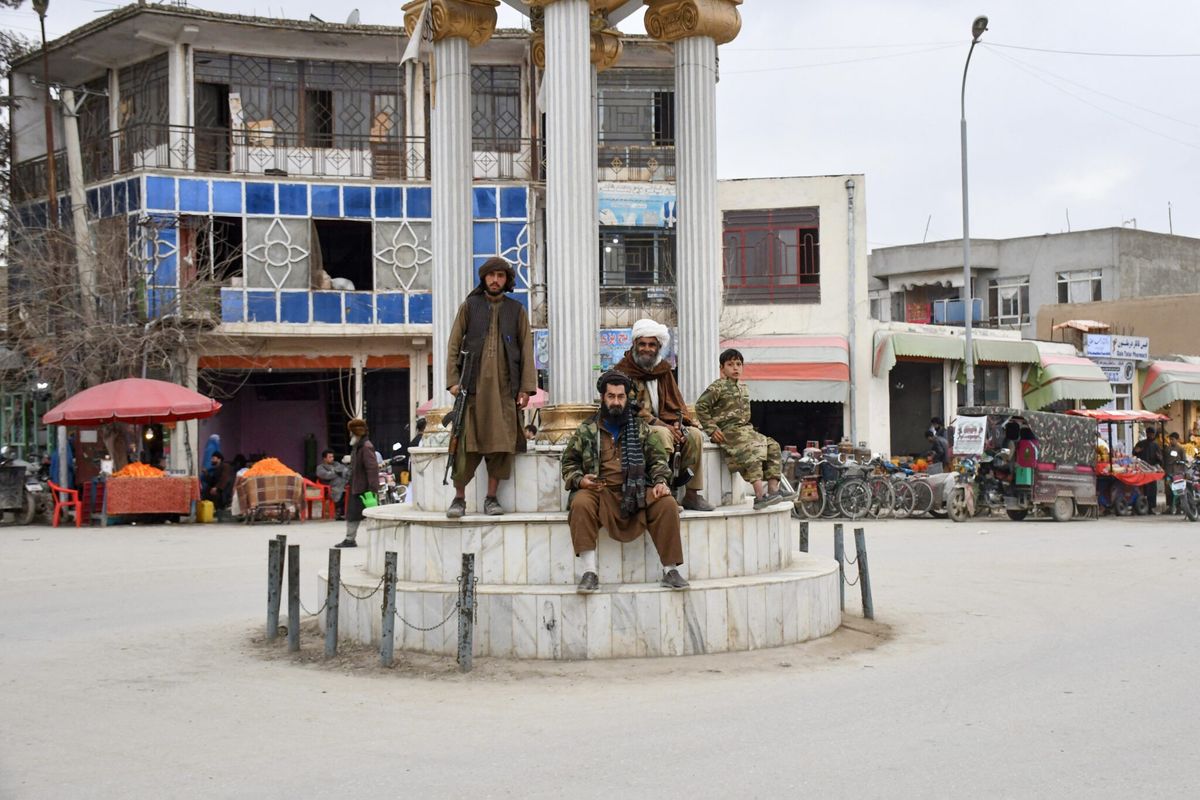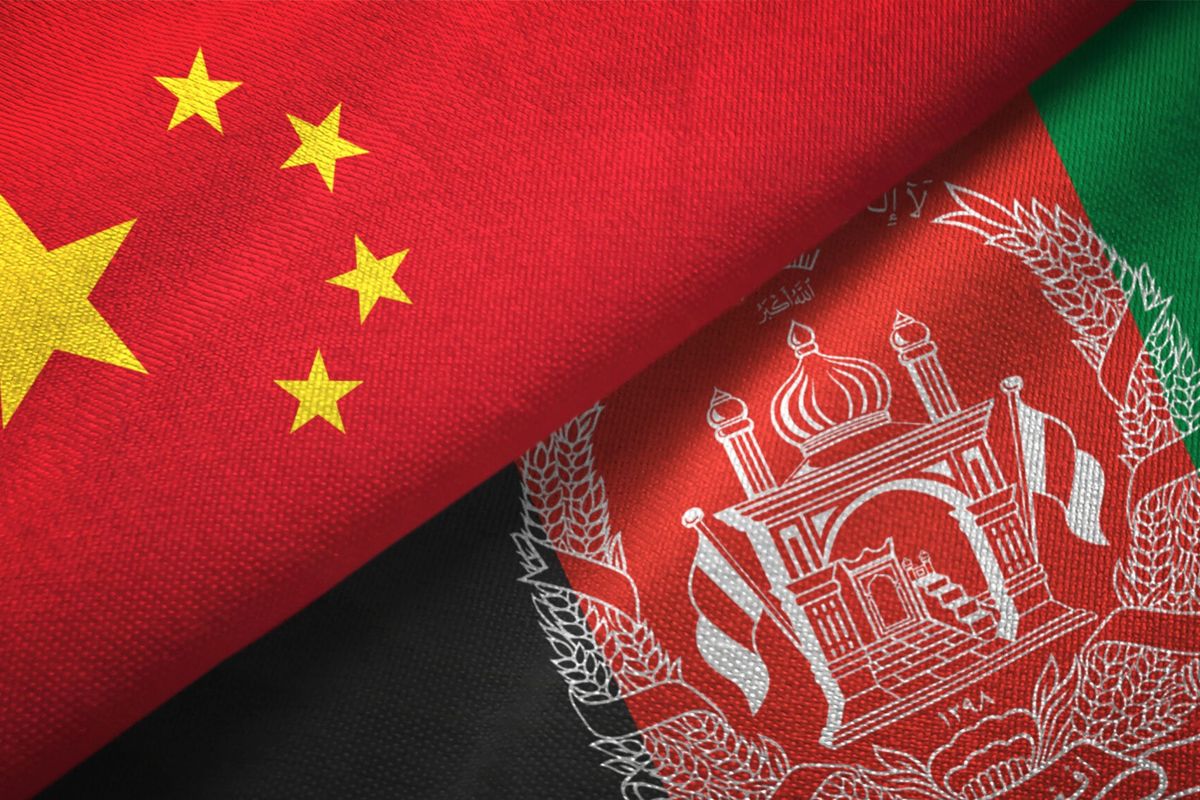Cipher Brief Expert Tim Willasey-Wilsey is a visiting Professor of War Studies at King’s College, London and a former senior British diplomat. The views expressed in this article are the author’s and do not represent those of any institution.
Many observers believed that President Biden would continue the US troop withdrawal from Afghanistan. The announcement of a review by new National Security Advisor Jake Sullivan will alarm the Taliban and Pakistan and could put international forces in increased danger. However, there are powerful reasons to restore conditionality to an increasingly flawed Afghan peace process.
Barely 48 hours after President Biden’s inauguration, his National Security Advisor, Jake Sullivan, announced the administration’s intention “to review the February 2020 US-Taliban agreement, including to assess whether the Taliban was living up to its commitments to cut ties with terrorist groups, to reduce violence in Afghanistan, and to engage in meaningful negotiations with the Afghan government and other stakeholders.” Both the Taliban and Pakistan have urged President Biden to stick to the current timetable to withdraw troops by 1st May 2021.
It is no surprise that this should have been one of the new administration’s first foreign policy announcements because US forces are in danger. 2,500 US troops remain in Afghanistan. Many are enablers of various types but with a small kinetic core of Special Forces, attack helicopters and ground attack aircraft. The Pentagon has doubtless ensured that these forces can defend themselves and can be quickly extracted from theatre if conditions were to deteriorate rapidly. That may sound reassuring, but it is hardly commendable that former President Trump left behind such a small force in an innately dangerous country.
Part of the reasoning behind that risky decision must have been that the Taliban have no intention of attacking US forces. Their wish is to usher the US towards the exit within the deadline of 1st May 2021. So long as the US intends to leave (as Trump was determined to do, irrespective of the conditional clauses embedded in the February 2020 agreement) the dangers are relatively slight.
Nobody will be studying Sullivan’s words more closely than the Taliban Shura in Quetta. The slightest notion that the US intends to stay in Afghanistan beyond May could shift the balance of advantage towards direct attacks on US and other international forces in an attempt to influence the debate in Washington.
During their confirmation hearings, the words of Antony Blinken (Biden’s nominee for Secretary of State) and new Defence Secretary Lloyd Austin were intentionally cautious and left both options in play; a continued withdrawal by May 2021 or remaining in Afghanistan for longer.
However, Sullivan’s statement was not similarly neutral. He did not merely announce a review. He posed three questions and in two cases, he must know the answer is a clear ‘No’.
- Is the Taliban living up to its commitments to cut ties with terrorist groups? The report produced by the United Nations Analytical Support and Sanctions Monitoring Team in June 2020 brought into sharper relief than at any time since 9/11, the ongoing connections between the Taliban and Al Qa’ida (AQ) and particularly between the Haqqani Network and AQ whilst also acknowledging the role which the Taliban has played against Islamic State Khorasan Group.
- Is the Taliban reducing violence in Afghanistan? No. Violence continues at a high level and a series of targeted assassinations (for example of two female judges last week) seems intended to undermine confidence in the Afghan government. The Taliban argue that much of this violence is caused by Islamic State but the Special Inspector General for Afghan Reconstruction (SIGAR) was clear that Taliban violence had actually increased since the 29th February 2020 agreement in Doha.
- Does the Taliban engage in meaningful negotiations with the Afghan government and other stakeholders? This condition is more difficult to judge because the negotiations and agreements have been less of a problem than their implementation. There are accusations of bad faith on all sides.
To restore conditionality to the 29th February agreement would take considerably longer to achieve than May 2021 and would be contested by the Taliban. It would also need international oversight and it is difficult to imagine a neutral country or even an international body volunteering for the role. So, the likelihood is that it would require US troops to remain for several more months if not longer. Whether US Special Representative for Afghan Reconciliation Zalmai Khalilzad could remain in his post is a moot point. It might reassure the Taliban and Pakistan but Khalilzad has little credibility left in Kabul.
If US troops remain in Afghanistan, the figure of 2,500 feels far too few. One detects little domestic support in the US to increase numbers. There could be some reinforcement at the margins; more contractors used as enablers, some capabilities occasionally brought into theatre from third countries or from ships in the Arabian Gulf and better coordination with other Western forces based in-country. Additional CIA paramilitary CT forces could doubtless be deployed covertly.
The Pakistani view would, as usual, be vital. Pakistan would like to see the back of the current Afghan government which is seen as too friendly towards India. Islamabad has always been blind to the dangers of installing the Taliban in Kabul and the risks to Pakistan’s national security of having an Islamist and purely Pashtun party controlling Afghanistan. A broad-based government in Kabul would be a safer long-term bet for Pakistan even if it maintains normal diplomatic relations with New Delhi. However, it would take some heavy-duty diplomacy for Washington to overturn Pakistan’s long-standing support for the Taliban, which has prevailed since 1994.
There may be a glimmer of potential leverage for US negotiators. Many in Pakistan (including inside the army) are anxious about losing the US alliance completely to India and becoming overly dependent on a China which is becoming increasingly assertive towards its “all-weather” ally.
The Afghans themselves are also monitoring the Washington newsfeeds in forensic detail and will be encouraged by Sullivan’s statement. Recently, all too many conversations in Kabul have been about when to leave and which route to take. Some wealthier Afghans already have their money in Dubai and children in foreign universities. Some even have passports and property in the United States, UK or Germany. For those who are less fortunate, the discussions are about which route to take out. The Uzbekistan border is favoured because a visa costs just $30 and there is a variety of onward routes via Turkey or Russia to the West whereas the routes via Iran or Pakistan are more restrictive or liable to interference.
Sullivan’s announcement suggests that Biden does not intend to take the easy route out of Afghanistan; to continue the troop drawdown, leave before May and blame Trump. Even if there were no helicopters from the US Embassy roof, the TV pictures of the Taliban entering Kabul, and of Afghan refugees fleeing their advance could evoke memories of Saigon in 1975. The reimposition of Taliban curbs on women would provoke international opprobrium. And subsequent reports of AQ training camps being re-established in Afghanistan would bring back recent and painful memories. After all the blood and treasure expended in Afghanistan that would be a disastrous outcome.
Read also Why Pakistan Really Wants the US Out of Afghanistan exclusively in The Cipher Brief














